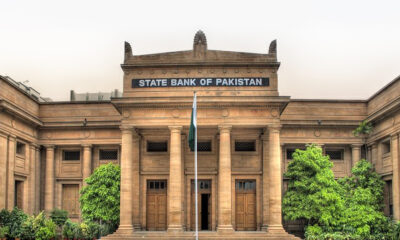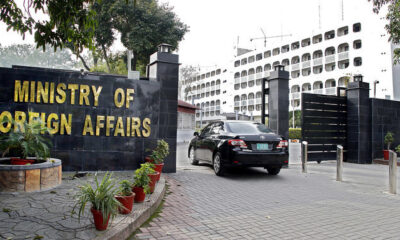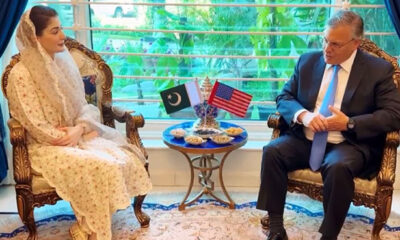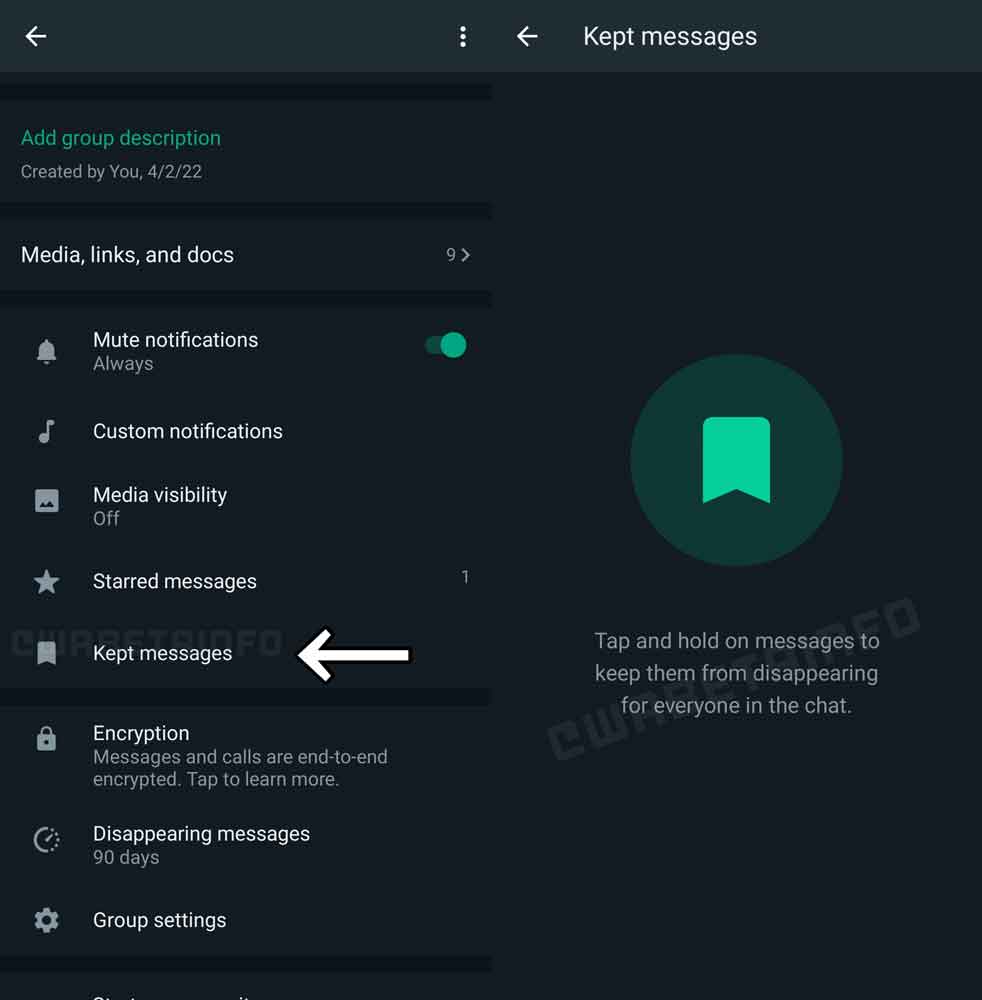Tech
What new interesting feature is WhatsApp working on?

Latest News
Pakistan launches first-ever lunar mission with iCube Qamar
Latest News
The green colour of WhatsApp ‘angers’ some users.
Latest News
Punjab will provide fifty thousand solar kits.
-

 Latest News3 days ago
Latest News3 days agoPoliovirus discovered in ten additional sewage samples
-

 Business3 days ago
Business3 days agoSee the new rates when Pak Suzuki announces a significant decrease in car costs.
-

 Business2 days ago
Business2 days ago“Ten companies express interest in purchasing PIA.”
-

 Business2 days ago
Business2 days agoPakistan has $13.316 billion in total foreign reserves.
-

 Latest News3 days ago
Latest News3 days agoFO spokesperson: Pakistan will not cede bases to any foreign government.
-

 Latest News3 days ago
Latest News3 days agoUS Ambassador Donald Blome praises Maryam’s portrayal of the Chief Minister of Punjab.
-

 Business3 days ago
Business3 days agoPakistan will host an IMF team in May to discuss a new loan.
-

 Business2 days ago
Business2 days agoSupport from the US for Pakistan’s IMF pact


























